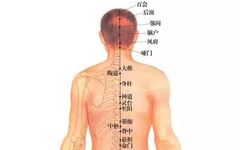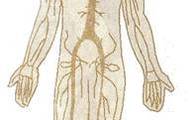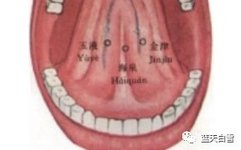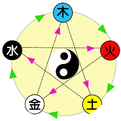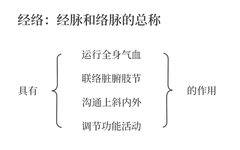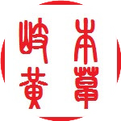A Deeper Understanding of the Eight Extraordinary Meridians: Mastering the Meridians Without Worry
Editor’s Note Traditional Chinese Medicine (TCM) posits that besides the Zang-Xiang (organ manifestations), another crucial aspect is the meridian system. This system connects the Zang-Fu organs and the body surface, linking the various organs and tissues into an organic whole, facilitating the flow of Qi and blood, and maintaining the functional activities of the body … Read more

